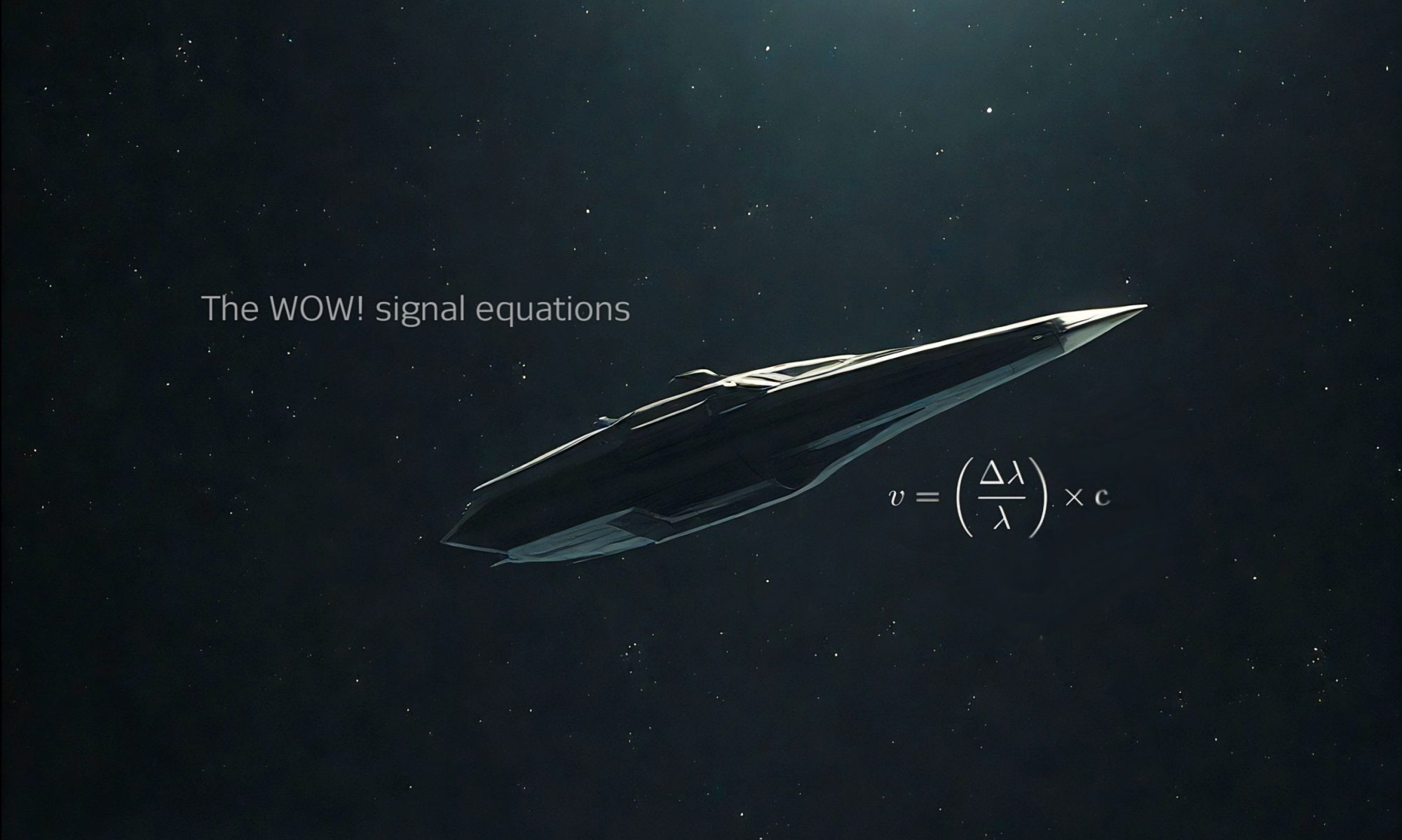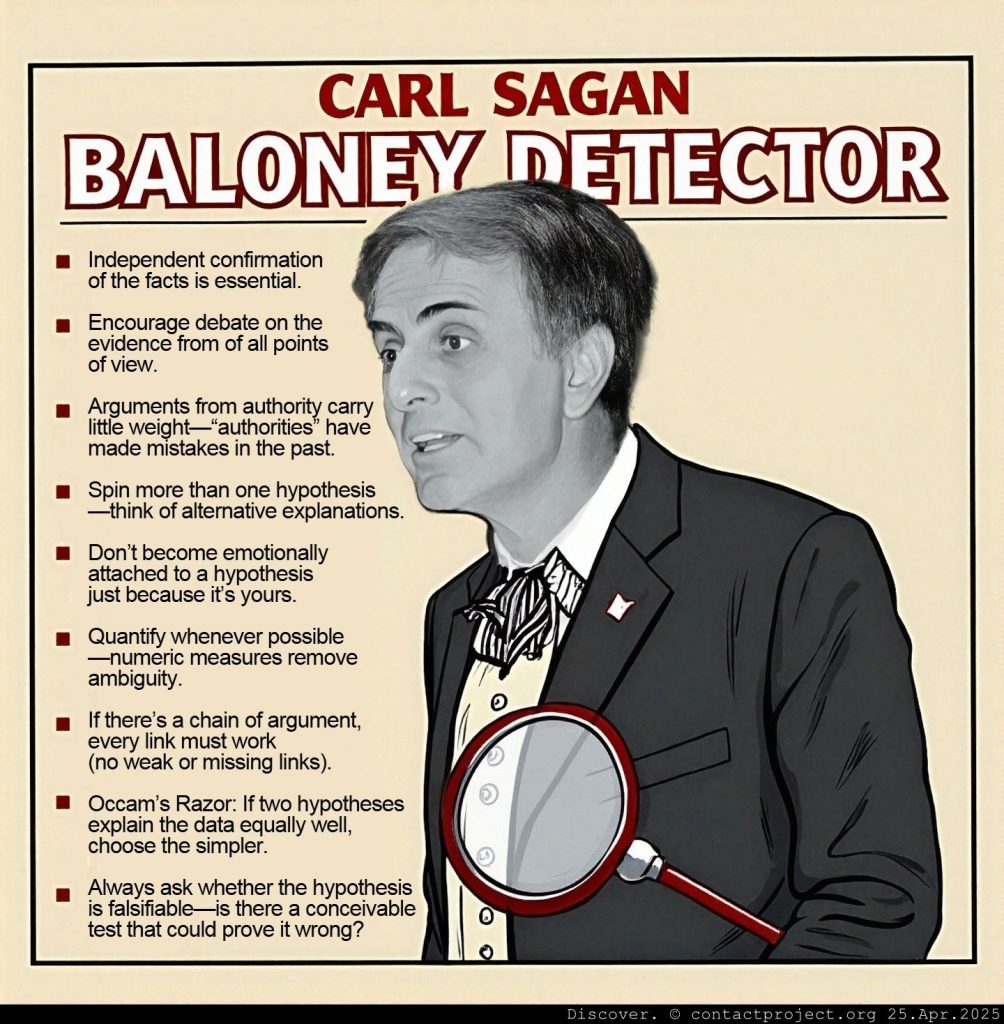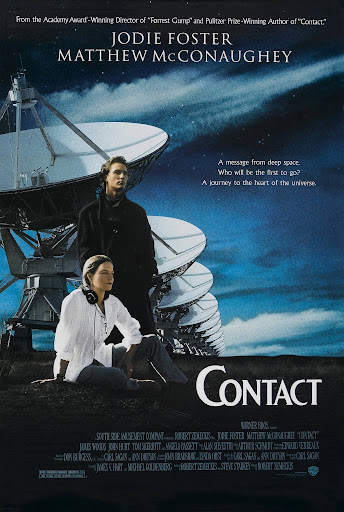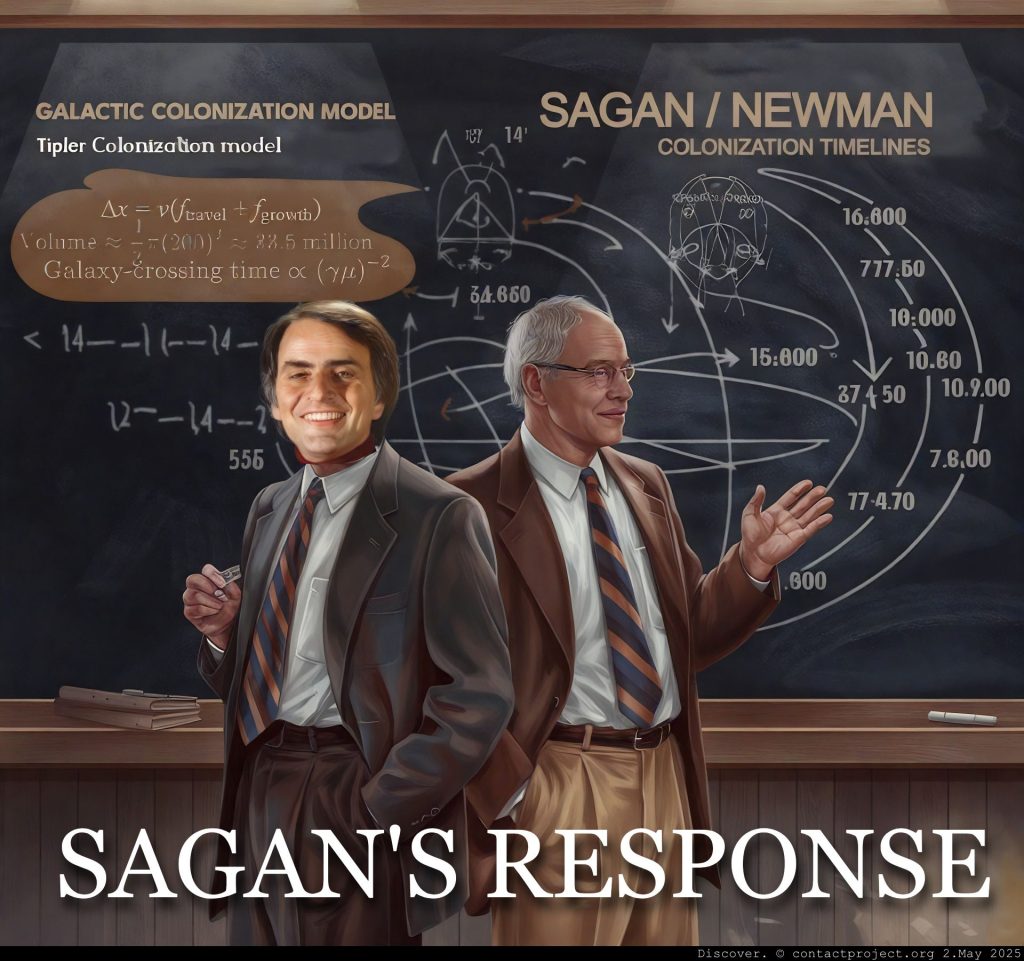“Extraordinary?” Sagan’s 1977 Standard Stuns UFO Dreamers
In 1977, when the film “Close Encounters of the Third Kind” was released, Washington Post readers first heard of the “Sagan Standard”: that “extraordinary claims require extraordinary evidence.“
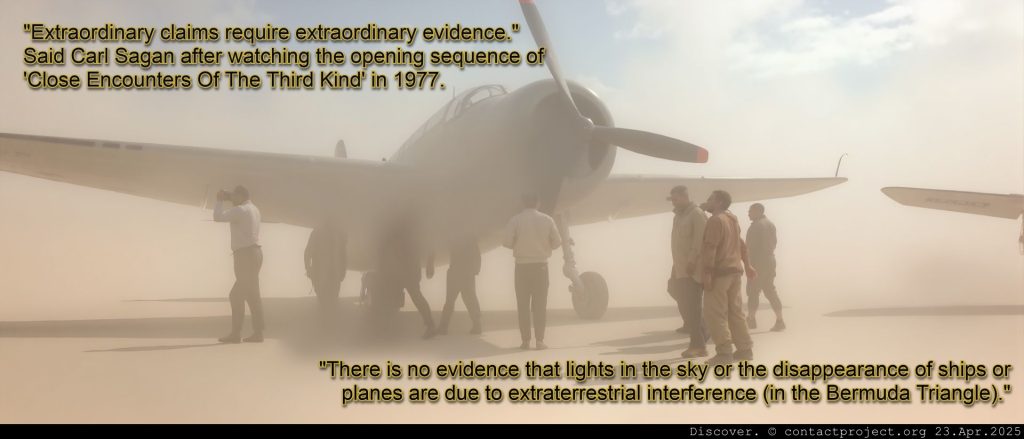
Carl Sagan uttered this aphorism in relation to the first film scene. In the scene, planes were found in the Sahara which years earlier disappeared in the Bermuda Triangle. The notion of extraordinary claims was central to Sagan’s skepticism about extraterrestrial causes.
“There is no evidence that lights in the sky or the disappearance of ships or planes are due to extraterrestrial interference (in the Bermuda Triangle)”, Sagan said.
Bermuda Triangle Bombshell: Planes, Submarines & Atomic Mystery
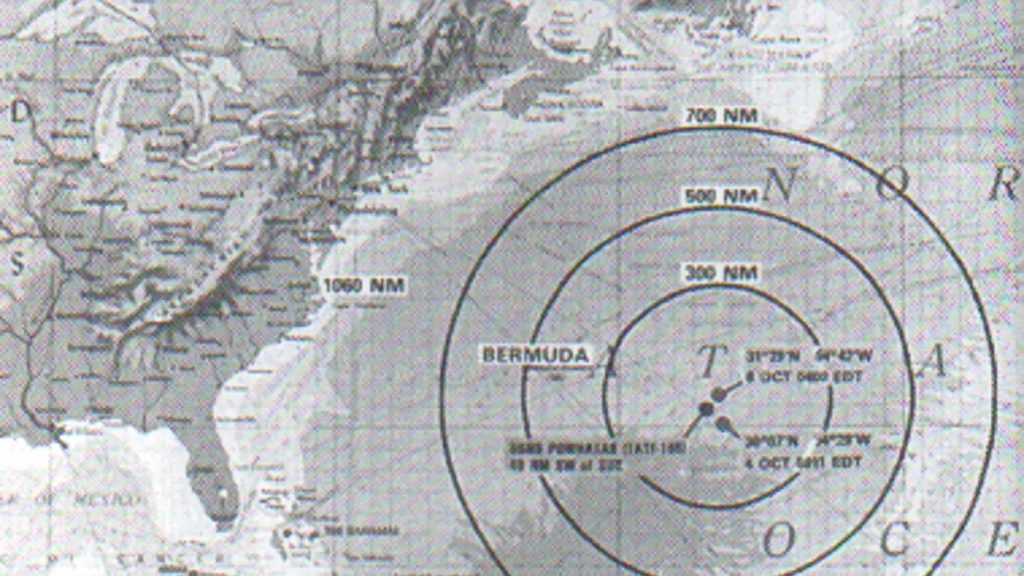
Bermuda Triangle, 1986:
Nine years later, in the shadowy depths of the North Atlantic, the Russian nuclear submarine K-219 vanished beneath the waves. It left a chilling mystery in its wake. As the vessel settled silently on the ocean floor—nearly 18,000 feet (5.5 kilometers) below the surface—a more disturbing discovery emerged. The submarine’s full arsenal of nuclear warheads had inexplicably disappeared, raising extraordinary claims about what might have occurred.
Any attempt to retrieve or remove the warheads should have been impossible at such an unfathomable depth. It was beyond the reach of all human technology in 1986. Yet, the weapons had vanished nonetheless, leaving behind only unanswered questions and a silence as deep as the ocean itself.
Official records claim that the catastrophic incident aboard K-219 took place hundreds of miles from the Hatteras Abyssal Plain. This spot was the very location where the lost submarine ultimately came to rest (Wikipedia).
Yet this contradiction is curious, to say the least, inviting extraordinary claims and speculations.
Deep-Sea Riddle: Vanished Russian Nukes Hide Under Triangle
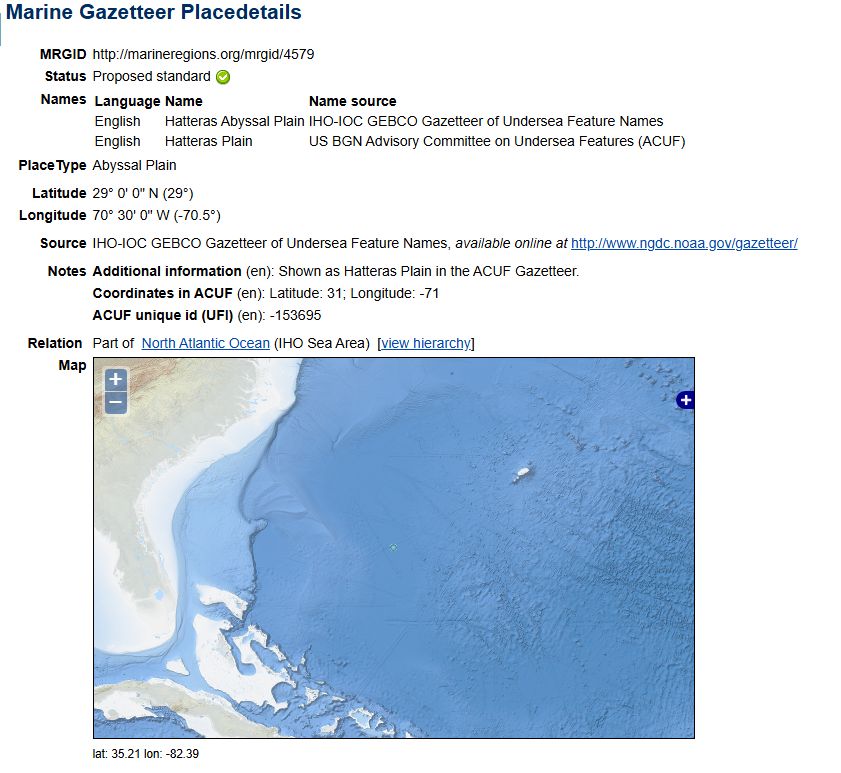
Consult the Marine Gazetteer Map, and you’ll notice a small dot nestled between Miami and Bermuda. This is the location of the Hatteras Abyssal Plain. In other words, it is inside the notorious Bermuda Triangle.
Science moves forward through doubt, evidence, and the enduring patience to pursue both. But in a case like this, extraordinary claims about the vanished nukes cannot help but intrigue those. These claims make people wonder what secrets still lie hidden beneath those mysterious waters.
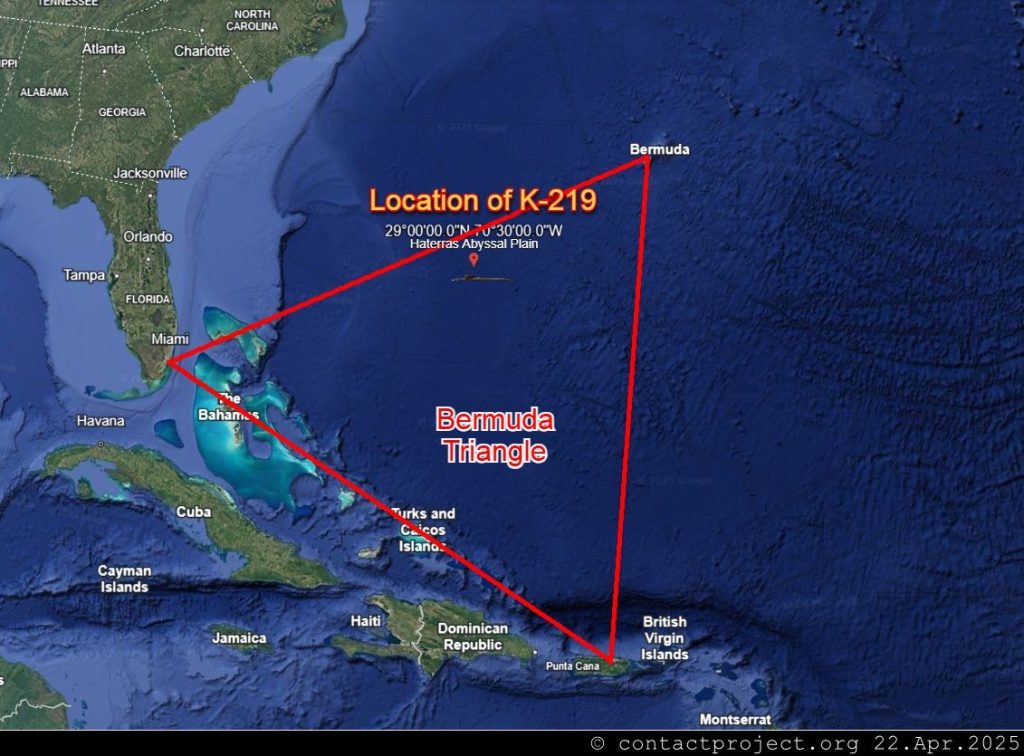
Cosmos Mania: Sagan Turns the Universe into Prime-Time TV
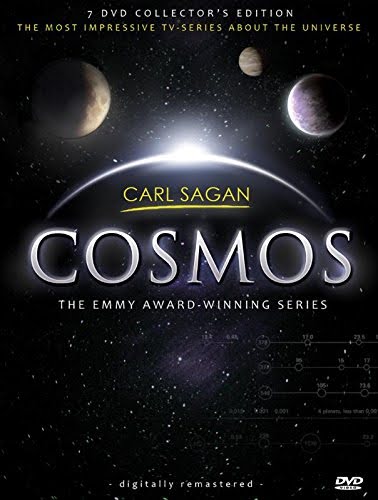
In 1980 the name Sagan finally became a household name when Carl presented his extraordinarily successful TV series “Cosmos.”
The series covered topics ranging from the origin of life to a perspective of our place in the universe.
The Sagan Standard, first phrased in the Washington Post article from December 1977, that “extraordinary claims require extraordinary evidence,” became the mantra of the series. Carl claimed that nearly every UFO sighting is based on optical illusions and misinterpretations.
Carl Sagan wrote regarding UFO claims:
“When confronted with a claim for which there is no compelling evidence, we should reserve judgment. I know of no evidence for visits to Earth by beings from other worlds.”
- – Carl Sagan
